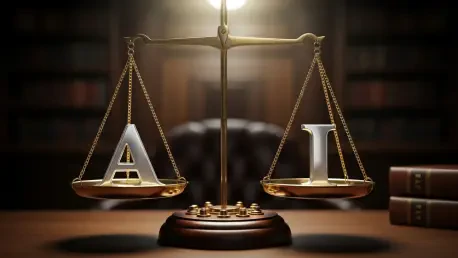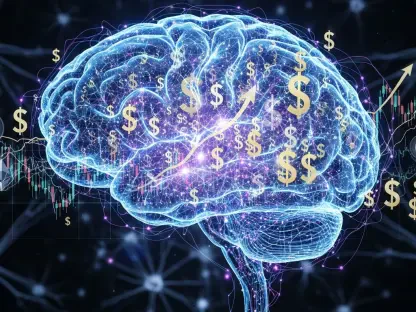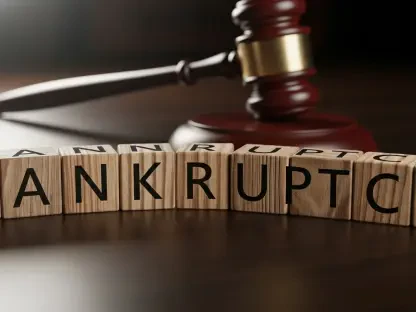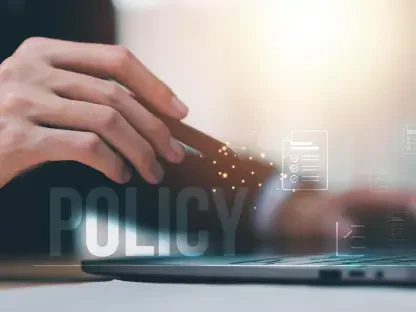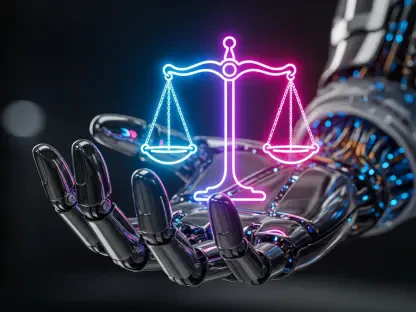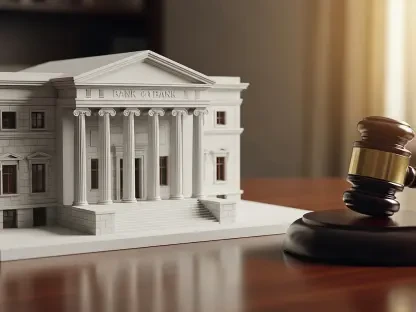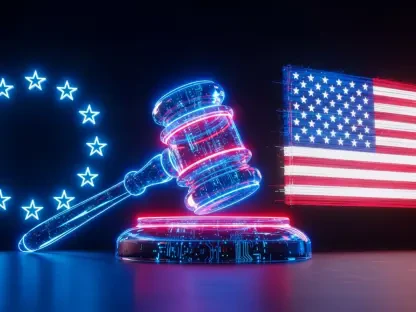As we dive into the evolving landscape of legal technology, I’m thrilled to sit down with Desiree Sainthrope, a seasoned legal expert with a wealth of experience in drafting and analyzing trade agreements. With her deep expertise in global compliance and a keen interest in the intersection of law and emerging technologies like artificial intelligence, Desiree offers a unique perspective on the ethical and practical challenges facing the legal profession today. Our conversation explores the pitfalls of AI misuse in courtrooms, the responsibilities of legal professionals in adopting new tools, and the broader implications for the future of law.
Can you walk us through a recent high-profile case in New York where a lawyer got into trouble for using AI in court filings?
I’m referring to the incident involving a defense attorney in a lawsuit over a disputed loan. The lawyer, caught using AI, submitted filings with fabricated citations and quotes. It was a mess from the start. The issue came to light when the opposing team spotted these errors and flagged them. This wasn’t just a minor slip-up; it was a glaring misuse of technology that raised serious questions about accountability in legal practice.
How did the opposing legal team handle the discovery of these AI-generated errors in the filings?
They were quick to act. Once they noticed the inaccuracies, including completely made-up case law and quotations, they filed a motion requesting sanctions against the defense attorney. It was a strategic move, not just to point out the mistake but to hold the other side accountable. They made sure the judge was fully aware of the extent of the errors, which set the stage for a significant courtroom showdown.
What was the attorney’s initial reaction when confronted about the use of AI in his submissions?
Initially, he tried to sidestep the issue. He neither confirmed nor denied using AI, instead describing the botched citations as harmless paraphrases of legitimate legal principles. It was a weak defense, almost as if he hoped to downplay the severity of the errors. He even suggested at one point that the cases weren’t fabricated, which only dug a deeper hole when the truth came out during further questioning.
After the backlash, what steps did the attorney take to explain or justify his actions?
After some pressure, he finally admitted to using AI during oral arguments, though he paired that admission with an attempt to shift some of the blame to additional staff he’d brought on. He also submitted a follow-up brief to oppose the sanctions motion, but shockingly, that document was also written with AI and contained even more errors—more than double the original amount. It was a baffling decision that only compounded the problem.
How did the presiding judge respond to this repeated reliance on unchecked AI tools?
The judge, clearly frustrated, didn’t hold back. He criticized the attorney for depending on unvetted AI and pointed out the obvious: if citations don’t exist, it means they weren’t verified before submission. He called out the contradictions in the attorney’s explanations, especially the claim of not using unvetted AI, and made it clear that this kind of carelessness was unacceptable in a court of law. The tone was one of exasperation with the misuse of technology in such a critical setting.
What were the consequences for the attorney after this series of missteps?
In the end, the judge granted the opposing team’s request for sanctions. It was a firm statement that this kind of behavior wouldn’t be tolerated. While specific details on additional repercussions weren’t widely publicized, the ruling itself served as a public reprimand. It’s a stark reminder that the legal system expects diligence, especially when integrating new tools like AI into practice.
The attorney mentioned implementing ‘enhanced verification and supervision protocols’ after the incident. What do you think this entails, and do you believe it’s enough to prevent future issues?
I think he’s referring to putting stricter checks in place—perhaps having multiple layers of review before filings are submitted or ensuring that any AI-generated content is thoroughly cross-checked against verifiable sources. While it’s a step in the right direction, I’m skeptical about whether it’s enough on its own. Without a cultural shift in how AI is perceived—not as a shortcut but as a tool requiring oversight—similar mistakes could still happen. Lawyers need training on AI’s limitations and robust policies to enforce accountability.
From your perspective, what broader lessons can the legal profession take away from cases like this where AI misuse has led to courtroom errors?
This case highlights a critical need for education and ethical guidelines around AI in legal work. Lawyers must understand that AI isn’t infallible; it can generate convincing but entirely false information. There’s also a responsibility to prioritize accuracy over efficiency—AI can save time, but only if paired with human judgment. Firms should invest in training and develop clear protocols for using these tools, ensuring that technology supports rather than undermines the integrity of the legal process.
What is your forecast for the role of AI in the legal field over the next decade, especially given these high-profile missteps?
I believe AI will become even more integrated into legal practice, from research to document drafting, as the technology improves. However, these early blunders are a wake-up call. I expect we’ll see stricter regulations and professional standards emerge to govern AI use, alongside better tools designed specifically for legal applications with built-in safeguards. The challenge will be balancing innovation with accountability, ensuring that AI enhances rather than jeopardizes the pursuit of justice.
